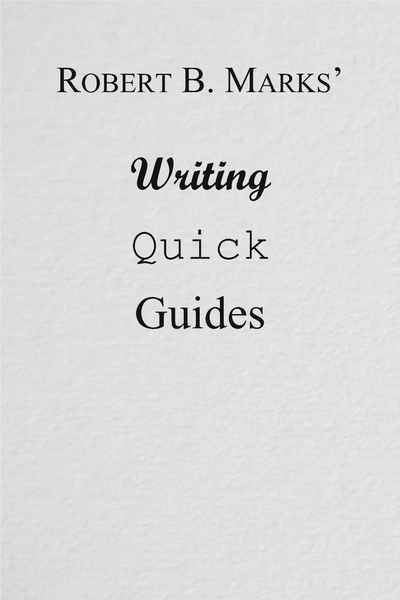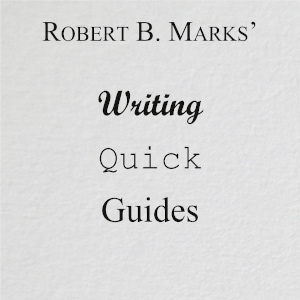Consider Star Wars.
The opening scene is iconic: starting in outer space the camera pans down to show us a desert planet. A spaceship roars over our heads, followed by a massive pursuer, rumbling as it passes. There's just one thing wrong with this sequence...it should be silent. Space is a vacuum, and sound is nothing more than vibrations in air. And, intellectually, all of us know this - it's one of the most famous facts about space. But also, none of us care while we watch the scene. In this story, space has sound.
This is a perfect example of "willing suspension of disbelief" - we know that what we are seeing and hearing is wrong, but we give it a pass. We also give a pass to a superweapon that can destroy planets, and magical knights with laser swords. These things are improbable to impossible, but we don't care - we suspend our disbelief for the story.
So, how does one make the reader suspend their disbelief? This is often treated as something fragile and difficult, but it really isn't. In fact, I would go as far as to argue that the reader suspending their disbelief is their default state going into any work of fiction. They know it's fiction, and thus they know it isn't real. They set this understanding aside the moment they read the opening sentence. The trick is therefore not to make the reader suspend their disbelief, but keep them doing it.
And, like so many other writing principles, the key to doing this comes down to a single word (or phrase): consistency. So long as you are consistent, the reader will accept whatever you want to show them, no matter how outlandish it may be.
But what does "consistency" mean in this context? At its most basic, it means that once you have established a rule for your setting, you never contradict it without an in-story reason for doing so. If the opening scene establishes sound in space, then there is always sound in space. The moment you contradict one of the rules of your setting, you jar the reader out of the story and destroy the illusion you are creating for them. This is the moment their disbelief will break.
However, this also applies to your characters as well. If you establish that a character has certain limits, you must not then ignore those limits later on without a good in-story reason for doing so. This is also important for characters with magical or supernatural powers - it is often a very good idea to establish these powers before the key scenes in which they are relevant (I do this, for example, with Jenny Calhoun in Re:Apotheosis - since she is a Western protagonist, her being able to knock bullets out of the air is not an ability generally associated with her genre...so the first time we see this is in a minor action sequence tangentally related to the main plot, establishing its existence in advance of the first team fight). Likewise, if you have characters who are established to act in a certain way, derailing them will jar the reader and pull them out of the story (as happened once Luke Skywalker showed up in The Last Jedi).
To sum up: willing suspension of disbelief is not a fragile phenomenon that must be created by the author - it is the pre-existing mindset of the reader when they start reading your story. To maintain it, all you need to do is be consistent and never break your own rules without an in-story reason for doing so.











Comments (0)
See all